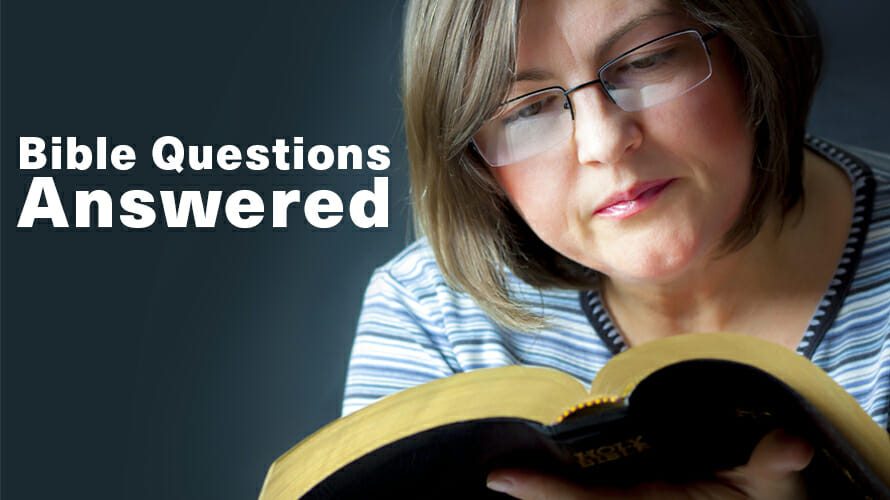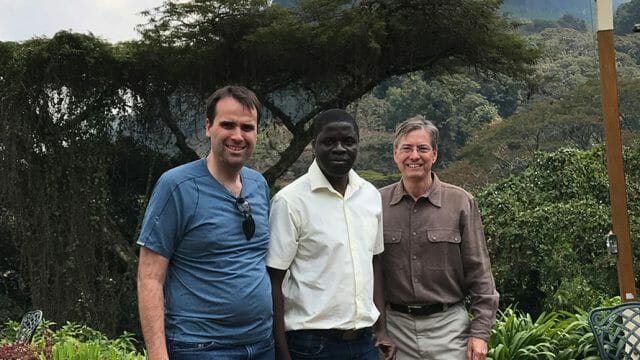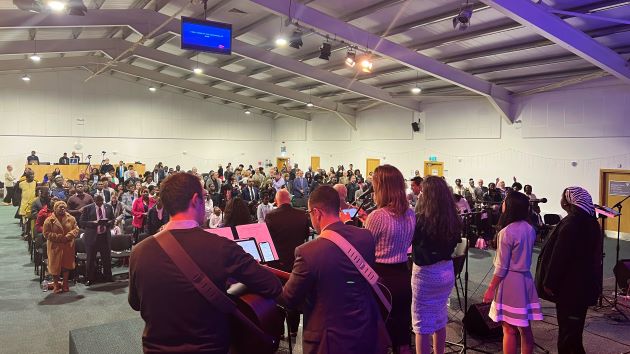Probably the main focus of the story is to show that only God can give life to the dead.

Q: In 2 Kings 4:34, 35 we are told that Elisha resurrected a child by placing his eyes on the child’s eyes, his mouth on the child’s mouth, and his hands on the child’s hands. Why did he do this?
ANSWER:
The biblical text doesn’t provide an explicit answer to your question. However, we can draw some logical inferences from the text that may be helpful.
Only God Can Give Life
Probably the main focus of the story is to show that only God can give life to the dead. This implies that not even His prophet has power in himself to give life. The exclusivity of God’s power is manifested in the story in two ways. We don’t know why the prophet asked his servant to go ahead and place Elisha’s rod—a symbol of the presence and authority of the prophet—on the face of the child. But we know that it did not make any difference. We also know that the peculiar action of Elisha warmed up the body of the child but did not give him life.
A Prayer
I would suggest that what we have here is an acted-out prayer. Elisha is praying in an unusual way because the petition is not a common one. As in prayer, he falls on his knees (Heb. gahar, “to bend, to crouch”; see 1 Kings 18:42) and lies down, not on the ground, but on the body of the child. This is in principle one of the postures of prayer, during which we humbly identify ourselves with dust before the Lord of life. In this case Elisha, aware of the fact that he cannot restore life to the child, identifies himself with the dead child.
A Request
If it’s a prayer and Elisha is identifying himself with the child, what is the prophet asking the Lord to do? Well, He could be asking God to transfer to him the death of the child and let the child live, as Moses had done (Ex. 32:32). If that was the prophet’s request, the Lord did not listen to Him, because the child was revived and Elisha did not die. The second option could be that by identifying himself with the child, Elisha is asking the Lord to restore to the child what the prophet as a living being already has: life. He would then be asking God to allow the eyes of the child to be opened, his mouth to speak, and his arms, standing for the whole body, to be vitalized. If this was the prayer, it was certainly answered: The Lord opened the eyes of the child, he was able to breathe, and his body was energized by the power of God. It’s difficult to demonstrate beyond reasonable doubt that our comments correctly represent the intention of the text, but it’s clear from the story that God is the only source of life, and that His servant could ask Him to manifest it by restoring life to the dead.
Elisha could not give his life for that of the child, but the Son of God did give His life for sinners destined to eternal death. He became one of us, fully identifying Himself with us, and took our death in order for us to be participants of His life. What humans cannot do, God did through Jesus the Christ.








